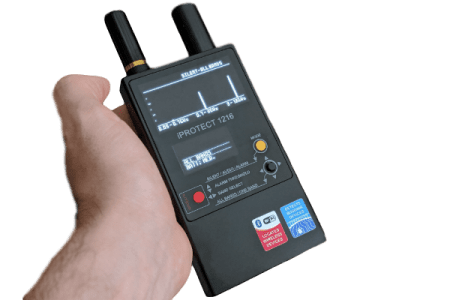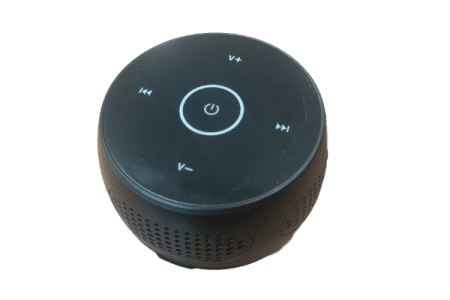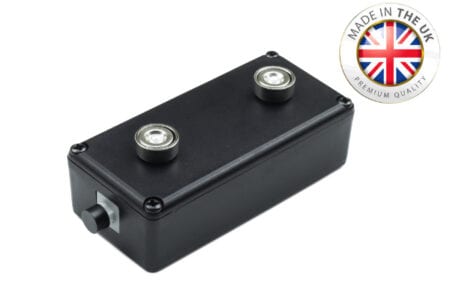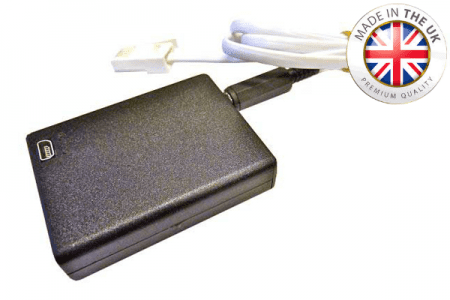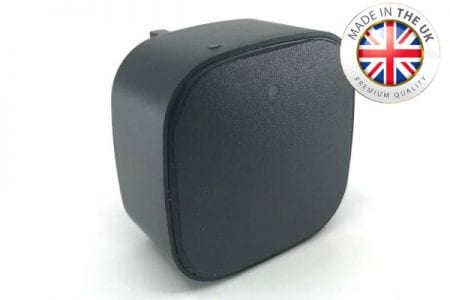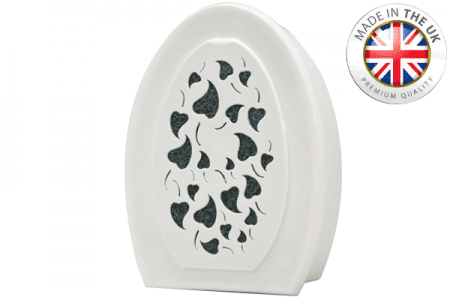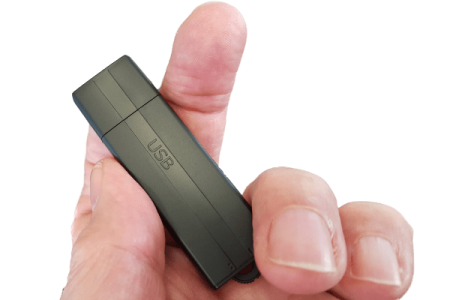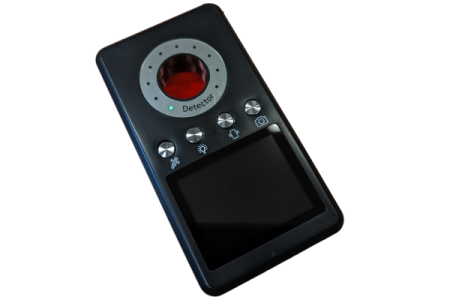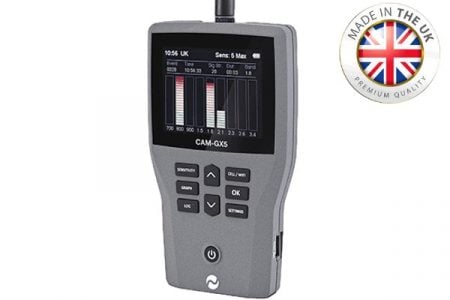Spy Cameras for Nature Lovers
Everyone is concerned about the privacy issues the proliferation of the spy camera raises. But the spy cam can be used to protect nature as well as spy on human beings. The hen harrier is one of the most endangered birds of prey in England and as there are just a few nesting pairs left, the spy cam is used to closely monitor their progress. Dubbed the ‘chick cam’ was installed in one next of two of the rare birds in Cumbria in an attempt to help them protect their chicks.
Surveillance equipment in nature preservation
A tiny camera placed in the bird’s nest allows wardens to watch the birds round-the-clock. The surveillance equipment needed for the birds’ protection was loaned to the Cumbria nature reserve by English Heritage.
Safeguarding rare breeds
Using the chick cam to monitor the birds is a way to help safeguard rare breeds as well as a chance to see stunning pictures of the birds. The spy cam offers an intimate insight into the development of the hen harrier chicks. The hen harrier is protected by law and if anyone attempted to steel hen harrier eggs, they would face a £5,000 fine and up to six months in prison.
Spy gadgets used by documentary makers
The use of the spy camera by filmmakers is also on the increase. The natural world is a constant source of fascination and filmmakers need patience and guts to get close to dangerous animals. But they allows filmmakers to get close to creatures such as bears, safely. They also offers a completely different angle and insight into the animal’s lives. One independent wildlife filmmaker, John Downer, used a spy cam in a remote device he pioneered that he dubbed ‘boulder cam’. The small outdoor spy camera was hidden inside a dummy rock to get non-invasive shots of rare animals.
How does it work?
When triggered by an infra-red system that is similar to the motion-sensing device that opens supermarket doors when you get close to them. It isn’t just chick cams and boulder cams that are now used by nature lovers – there are a variety of formations including the bamboo-cam used to film rare pandas. Polar bears are notoriously difficult to get close to because of their ability to smell humans and keep their distance.
A spy camera dubbed the ‘snowball cam’ was used to capture polar bears in action, and a ‘salmon cam’ was used as an underwater camera placed in a silicon salmon model to capture shots of brown bears hunting the fish. The footage of bears diving for salmon is just one example of the innovative kind of footage documentary makers are now able to capture thanks to the ingenious use of this great technology.

